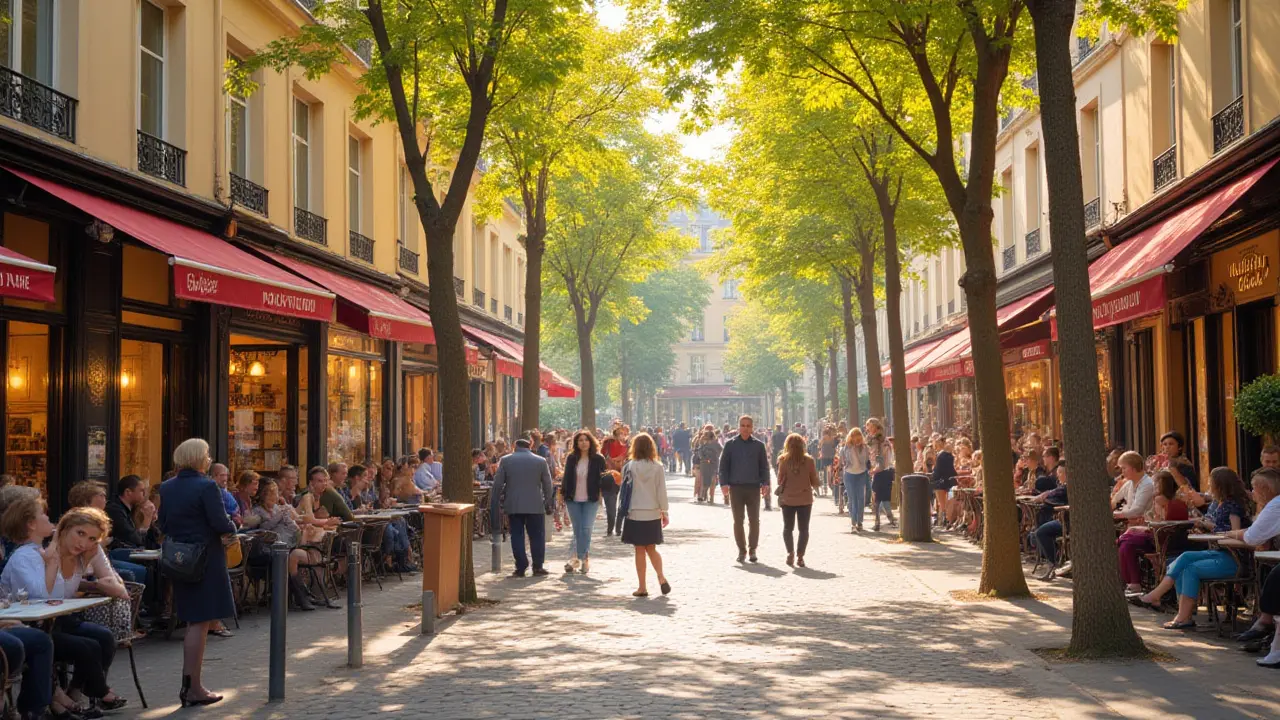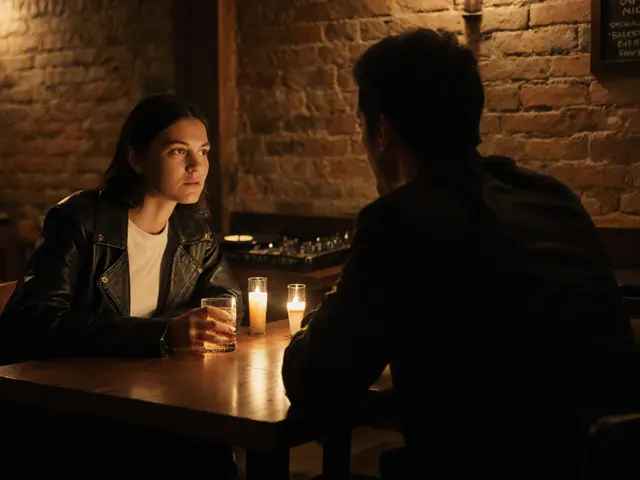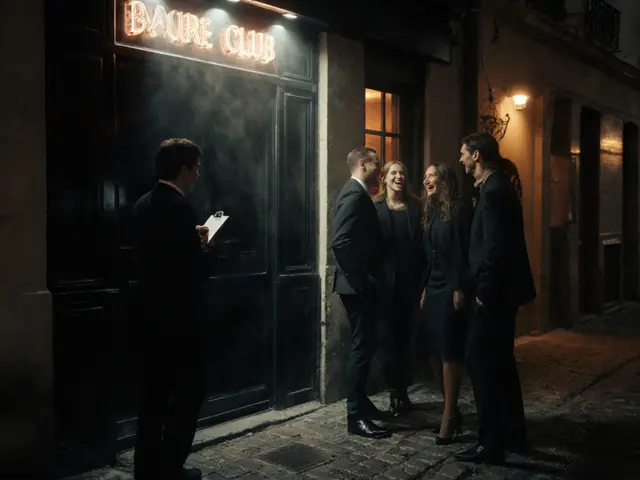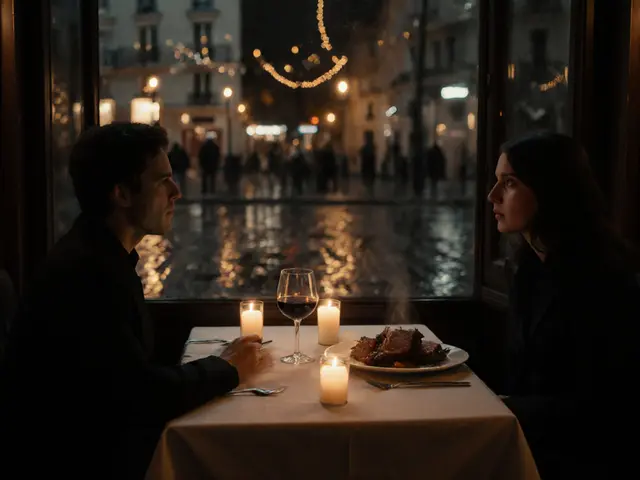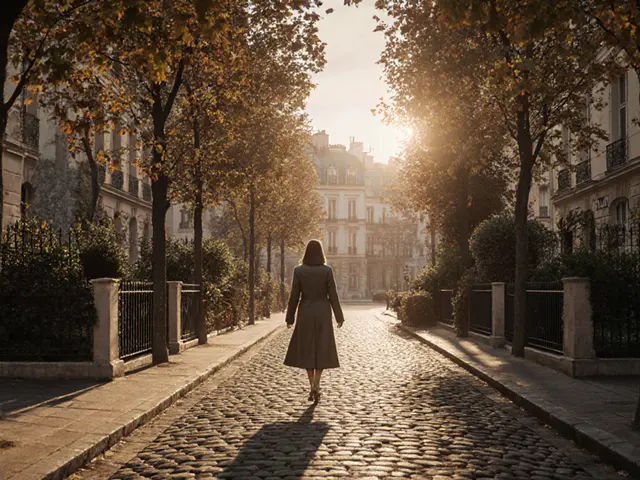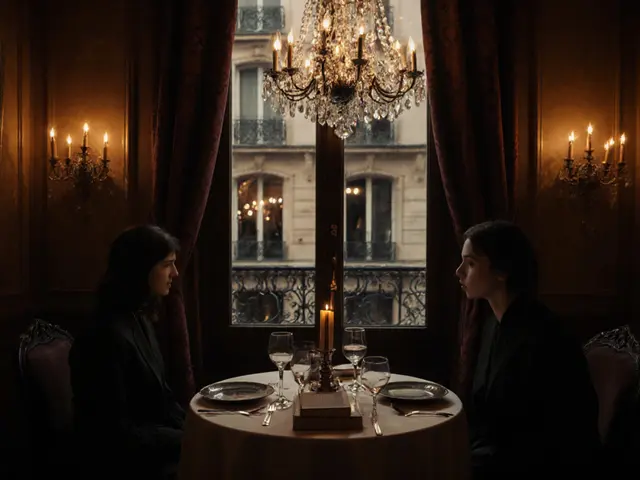Ever wandered through Paris’s 6th arrondissement and felt like you barely scratched the surface? You probably know the glossy landmarks—maybe posed for a photo at the Luxembourg Gardens or ducked into a café in Saint-Germain-des-Prés. But what if you could experience this slice of Paris like you were living in the city, not just visiting? The 6th is more than its postcards, and the stories hiding in its winding streets go way beyond the standard guidebooks.
The Pulse of Paris 6: Where Old-School Glamour Meets Easy Cool
Nobody comes to the 6th without having a few expectations—maybe the dream of running into a philosopher in a smoky café, or the hope of a glimpse into some lost bohemian era. Why does this part of Paris feel so different? Some say it’s the layered history, others the mix of classic grandeur and creative life.
The 6th arrondissement sprawls from the banks of the Seine right down to the leafy boulevards of Montparnasse. It’s where literary legends hung out at Café de Flore—Jean-Paul Sartre actually wrote major chunks of his work in the hum of its back rooms. Simone de Beauvoir is rumored to have ordered her regular hot chocolate under those art deco lamps. The walls probably still remember the whispered arguments and flirty toasts.
If you think Saint-Germain-des-Prés is only about the fancy boutiques, you’re missing the point. Sure, the big labels have set up shop where poetry was once currency. But step behind those chic windows, take a detour down Rue de Buci or Rue de Seine, and the 6th opens up. You’ll pass bakeries where nobody speaks English and cheese shops where Parisians argue over the perfect comté for their picnic.
People often forget that what really makes Paris 6 extraordinary is its balance. The old and the new, the posh café and the student bar—they all blend so smoothly you can pass from one world to the other in a couple of strides. Even its nightlife carries that elegance-meets-edge vibe. You might start the evening savoring a bistro steak frite, linger for hours over wine beside an art student sketching with a stubby pencil, and end up at a jazz club where the saxophone wails past midnight.
| Landmark | Must-Try Experience | Insider Tip |
|---|---|---|
| Luxembourg Gardens | Rent a green chair and people-watch | Morning is best for quiet; avoid weekends for the crowds |
| Café de Flore | Coffee and people-watching | Order the hot chocolate (chocolat chaud) if you want to feel like a local |
| Rue de Buci | Evening stroll and small bites | Pop into Bar du Marché for casual drinks |
| Mabillon | Boutique shopping | Smaller galleries often have free art exhibitions |
Paris 6 has secrets, but it’s not shy. Look up: those ornate carved window ledges and mismatched rooftops tell you how improvisational this arrondissement is. Don’t just Instagram the big sights—walk the backstreets, duck into the old bookshops, and try the places beloved by locals for decades.
Hidden Gems and True Originals: Experience the 6th Off the Beaten Track
Here’s where Paris 6 really wins: the stuff you won’t find on a standard map. Sure, everyone lines up for the Luxembourg Gardens, but did you know there’s a tiny, almost forgotten museum called Musée Zadkine hiding down a shady street? The garden here feels like a secret sculpture forest. Admission’s even free most of the time.
Then you’ve got the cobblestoned side streets around Eglise Saint-Sulpice. Tourists come for the massive, slightly brooding fountain, but wander just a block or two away and you’ll stumble into old lamp-lit galleries and patisseries where the tarte au citron is honestly better than any glitzy place on Rue Bonaparte. If you see a line out the door, get in it. Locals know the best treats—like Pierre Hermé’s impossibly rich macarons a few streets over—are worth every second of waiting.
A favorite low-key gem: the Cour du Commerce Saint-André. This crooked old passage isn’t far from the noise of Boulevard Saint-Germain, but suddenly you’re among worn flagstones and tiny bistros that feel like hidden time capsules. Revolutionaries plotted here, writers drank here, and now you can sneak in to sample absinthe at Le Procope, Paris’s oldest café (opened in 1686!). You’ll find candlelit tables and walls lined with memorabilia—Napoleon’s actual hat even hangs in a glass box. Not kidding.
Nightlife? The 6th keeps things interesting. Forget massive clubs with thumping beats; think intimate live jazz at Le Caveau de la Huchette, where swing dancers move under ancient stone arches. It often draws a mixed crowd—old-timers still living on stories from the ‘60s, young Parisians capturing the vibe for their own feed, and everyone in between. The drinks aren’t cheap, but the atmosphere’s impossible to fake. Even Hemingway showed up back in the day.
If you’re after something grittier, head to Rue Guisarde after dark. Here, cozy pubs and wine bars spill out onto the pavement. Grab a glass and lean in as conversations jump between English, French, and half-whispered secrets. It’s social without ever feeling too much like a tourist circus.
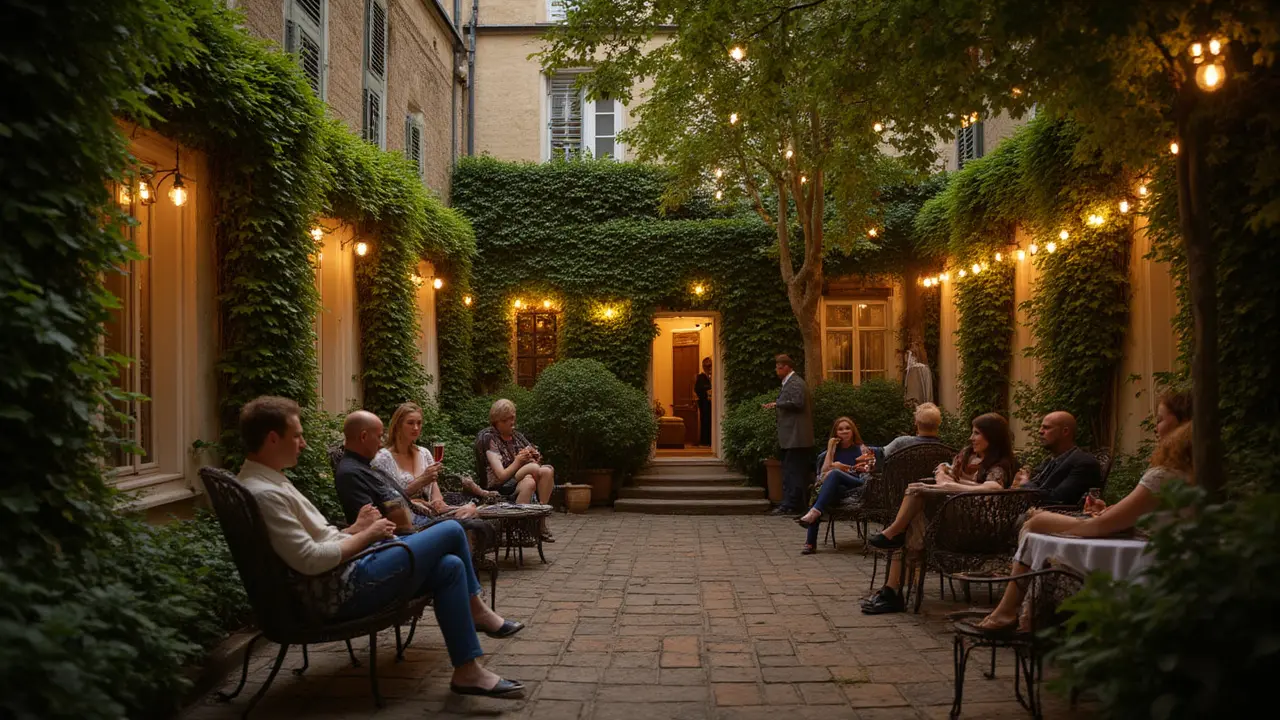
Daytime Delights: What You Miss If You Only Come for the Night
Morning in Paris 6 is completely different from the evening rush. Grab a croissant and you’ll see runners looping around the Luxembourg Gardens, older couples playing chess under the trees, and students clutching books on their way to classes at the Sorbonne. If you time your visit for late spring or early fall, everything feels lighter—the crowds thin and the early sun slants across the palace fountains. It’s easy to forget you’re minutes from Boulevard Saint-Germain’s designer bustle.
Walking the Boulevard Saint-Michel is a must, but pause and check out the tiny English-language Shakespeare and Company bookshop by the Seine. It’s crammed with floor-to-ceiling shelves, tucked beds (writers can actually spend the night in exchange for helping out), and literary ghosts. It’s the sort of place where something magical just feels possible.
When it’s time for lunch, don’t just settle for a sandwich from the first window you spot. Paris 6 is stacked with authentic bistros, like the wood-paneled Le Relais de l’Entrecôte, famous for its single-minded dedication: steak frites and secret sauce, nothing else. There’s always a line but the ritual is all part of the fun. If you’re feeling adventurous, wander toward Rue Saint-André des Arts—while it’s packed with lunch spots, the crêperie doorways smell like golden butter, and their open windows let you watch the making of every melt-in-your-mouth galette.
Culture vultures shouldn’t skip the Musée d’Orsay just over the Seine, but art fans know that the escort Paris 6 district has underrated spots like the Musée Eugène Delacroix, hidden on a peaceful square off Place Furstenberg. The painter’s old studio-turned-museum is all skylights and quirky memorabilia—a quick, soulful escape if the weather turns grey.
Keep an eye out for the bouquinistes—green metal bookstalls perched on the riverbank. They sell everything: battered comic books, antique maps, vintage pin-ups, and dog-eared poetry. Strike up a chat; the owner might tip you off to a local reading, pop-up art show, or oddball exhibition that never makes it to mainstream listings.
One more tip for the daytime explorer: Join the locals for a classic apéro before dinner. Around 6 or 7 p.m., dozens of tiny bars open their terraces for tiny plates of olives and salted almonds alongside whatever you like to drink. Try Bar du Chai on Rue de Seine—famous for origins going back to 1818, killer wine, and unbeatable people-watching through the big windows as evening rolls in.
The Practical Guide: Making Your Visit to Paris 6 Unforgettable
It’s easy to wander through Paris 6 on autopilot, ticking boxes off a bucket list. But if you want this arrondissement to leave a mark, a little planning is your friend. Pick the right time of year—May and September are sweet spots: fewer crowds, gorgeous weather, markets spilling onto every corner. August can be a letdown since so many locals are out of town on holiday, and a lot of the best independent shops shut their doors.
Transport is a breeze, with handy metro stops like Odéon and Saint-Germain-des-Prés whisking you across the city. But on a slow afternoon, biking’s hard to beat. The city’s Vélib’ bikes are cheap, and Paris 6 has plenty of gentle side streets that keep you clear of heavy traffic. Just watch out for cobblestones (they can rattle your teeth!) and keep an eye open for taxis making sudden stops.
A classic Paris 6 experience is to pack a picnic and laze in the Luxembourg Gardens. Not a cliché if you do it right: duck into Marché Saint-Germain for a slab of cheese and a crusty baguette, pick up some strawberries if they’re in season, and grab a bottle of something cold from one of the small wine merchants nearby. The gardens are officially open dawn to dusk, but magic happens as the light starts to fade—lanterns flicker on, friends gather, and the air just feels different.
Love to shop? The 6th is stacked with specialty stores—think old-world pen shops, world-class chocolatiers, and independent fashion labels on Rue Bonaparte. Steer clear of the chain stores and look for shops with faded gold signage and barely any social media presence. That’s usually where the most interesting finds are.
If you’re hoping for a little romance, Paris 6 won’t let you down. Sunset on Pont des Arts can be pure movie magic, with the Seine shimmering and hundreds of Parisians dangling their toes over the water with a bottle of wine. And if you want a wild card experience, try catching a poetry reading or pop-up jazz set in a cellar bar—there’s usually something happening, so don’t be shy to ask around and follow wherever the night takes you.
Here’s the thing: the real Paris 6 isn’t handed out on a silver platter. It’s about adventure, curiosity, and rolling with whatever comes your way, whether that’s a late-night singalong in a dive bar or a spontaneous gallery opening up a hidden courtyard. Bring your sense of wonder. This arrondissement rewards it every single time.

